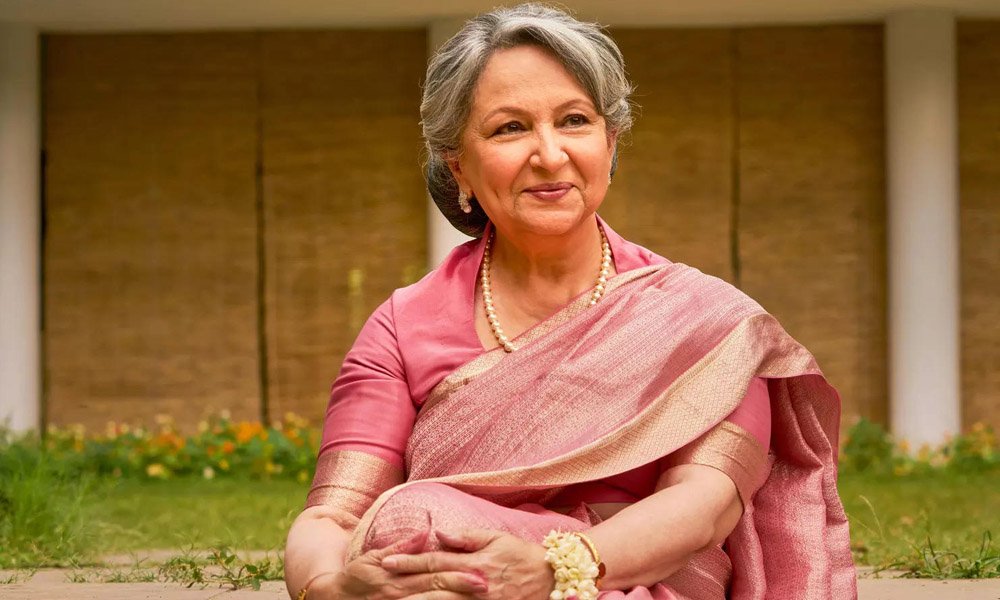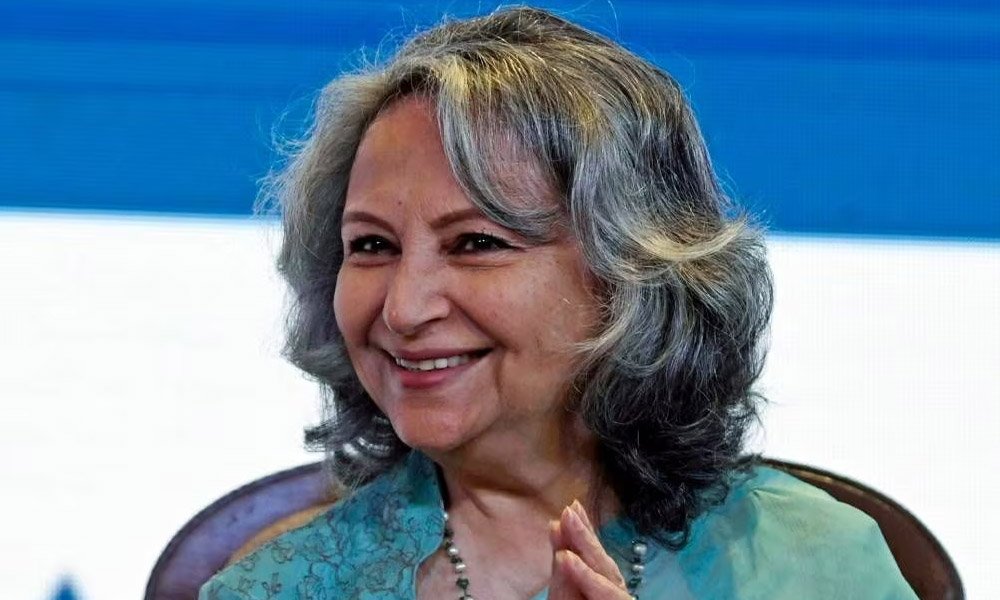Renowned member of the powerful Tagore family of Kolkata, India, Gitindranath Tagore was not only well-versed in business but also closely connected to the legacy of Rabindranath Tagore. He was the father of well-known Bollywood actress Sharmila Tagore, therefore strengthening his role in the historical account of the wider Tagore family. Gitindranath is linked to one of the most revered and powerful families of the Bengali Renaissance through his heritage.
Early Life and Background
Born into the renowned Tagore family, highly praised for their contributions to Bengali literature, arts, and culture, Gitindranath Tagore The family was crucial in the late 19th and early 20th century socio-cultural change of Bengal. Gitindranath is descended from the great poet and philosopher Gunendranath Tagore, who was first cousin of the Nobel laureate Rabindranath Tagore.
Gitindranath Tagore’s Great-grandfather: Ibrahim Ali Khan
Ibrahim Ali Khan’s great-grandfather is eminent member of the Tagore family, Gitindranath Tagore. Renowned for his writings, Gitindranath belonged to a family that turned forth several prominent figures, including the Nobel laureate Rabindranath Tagore. Born to Bollywood stars Saif Ali Khan and Amrita Singh, Ibrahim Ali Khan is a young actor who is gradually leaving his mark in the Indian film business. Ibrahim is intimately related to the famed Tagore family through his mother, Sharmila Tagore, hence Gitindranath Tagore is his great-grandfather.
Combining the creative tradition of the Tagores with the royal Pataudi pedigree from his father’s side, this relationship between Ibrahim and Gitindranath positions Ibrahim within a rich cultural and intellectual legacy. While Ibrahim Ali Khan continues on the heritage of the Tagores and the Pataudis, creating a fresh route in the entertainment business, Gitindranath Tagore was honored for his contribution in Bengali literature and culture. Ibrahim’s character is enhanced by this mix of creative and historical inspiration, which distinguishes him not only in the realm of movies but also inside his legendary family background.
Business Career and Personal Life
Gitindranath Tagore was a businessman in addition to part of the artistic elite. At Elgin Mills, he was well-known for his leadership and gave his family a consistent financial basis. Though not as well-known as his cousins’ creative successes, his contributions to commerce were crucial in helping the Tagore family to remain very influential in Kolkata.
Regarding personal matters, Gitindranath wed Assamese lady Ira Baruah, the daughter of J. Baruah. They had three children together, Sharmila Tagore being their most well-known offspring. Gitindranath increased the impact of the Tagore family throughout several cultural and social spheres by means of his marriage and family ties.
The Tagore Family Legacy
Gitindranath belongs to the Tagore family, among the most significant families in Bengal’s history. Renowned for turning forth several generations of reformers, artists, and thinkers, the Tagores have molded many facets of contemporary Indian society. The family’s contributions cover the humanities, music, literature, and education.
Though he participated in a greater movement that changed Bengal, Gitindranath’s individual contribution to the family tradition may not have been as creatively motivated as that of his well-known cousins. His relationships to Rabindranath Tagore and other significant family members positioned him at India’s crossroads of intellectual and cultural history.
Connection to Rabindranath Tagore
Understanding Gitindranath’s position in history depends on his intimate relationship to Rabindranath Tagore, the genius and Nobel laureate. Noted painter and major player in the Bengali art scene, Gitindranath’s grandfather Gaganendranath Tagore Gunendranath, the father of Gaganendranath, was first cousin of Rabindranath, therefore creating a clear familial connection.
Gitindranath was placed in a network of thinkers and artists who were vital for the Bengali Renaissance via this link. Though his creative endeavors like those of his cousins did not bring him recognition, his legacy is inseparable with the general influence of the Tagore family on Indian society.
Sharmanda Tagore: Perhaps most famously now, Gitindranath Tagore is the father of the venerable Bollywood actress Sharmila Tagore. Sharmila’s popularity—especially for her parts in movies like An Evening in Paris and Kashmir Ki Kali—brought the Tagore name international respect in the film business.
Another cultural relevance was Sharmila Tagore’s relationship with the Tagore family. She was sometimes considered as a link between two worlds as a child of this eminent family: the popular culture of Bollywood film and the intellectual and creative legacy of the Tagores. The Tagore family’s reputation is enhanced yet by Sharmila’s own career as actor and philanthropist.
Descendants and Legacy
The Tagore family forward is still carried by Gitindranath’s descendants. Sharmila Tagore among his children is especially well-known in Indian public life. Sharmila’s marriage to cricket player Mansoor Ali Khan Pataudi expanded the family’s popularity even further; their children, Saif Ali Khan, Soha Ali Khan, and Saba Ali Khan, are well-known personalities in Indian culture and Bollywood.
For example, well-known actor Saif Ali Khan is descended from Gitindranath, who still participates in Indian social and cultural events via his family. Sharmila Tagore’s offspring so not only have the Tagore name but also engage in other disciplines, including business, sports, and movies, thus Gitindranath’s legacy is an ongoing one.
Conclusion
Though not as well-known for his personal accomplishments as other Tagore family members, Gitindranath Tagore was instrumental in ensuring the history of the family endured. He is securely woven into the rich fabric of Bengali and Indian history by his ties to Rabindranath Tagore, his commercial career, and his fathering of Sharmila Tagore. Gitindranath’s impact is still felt in the spheres of commerce, entertainment, and beyond via his descendants.












